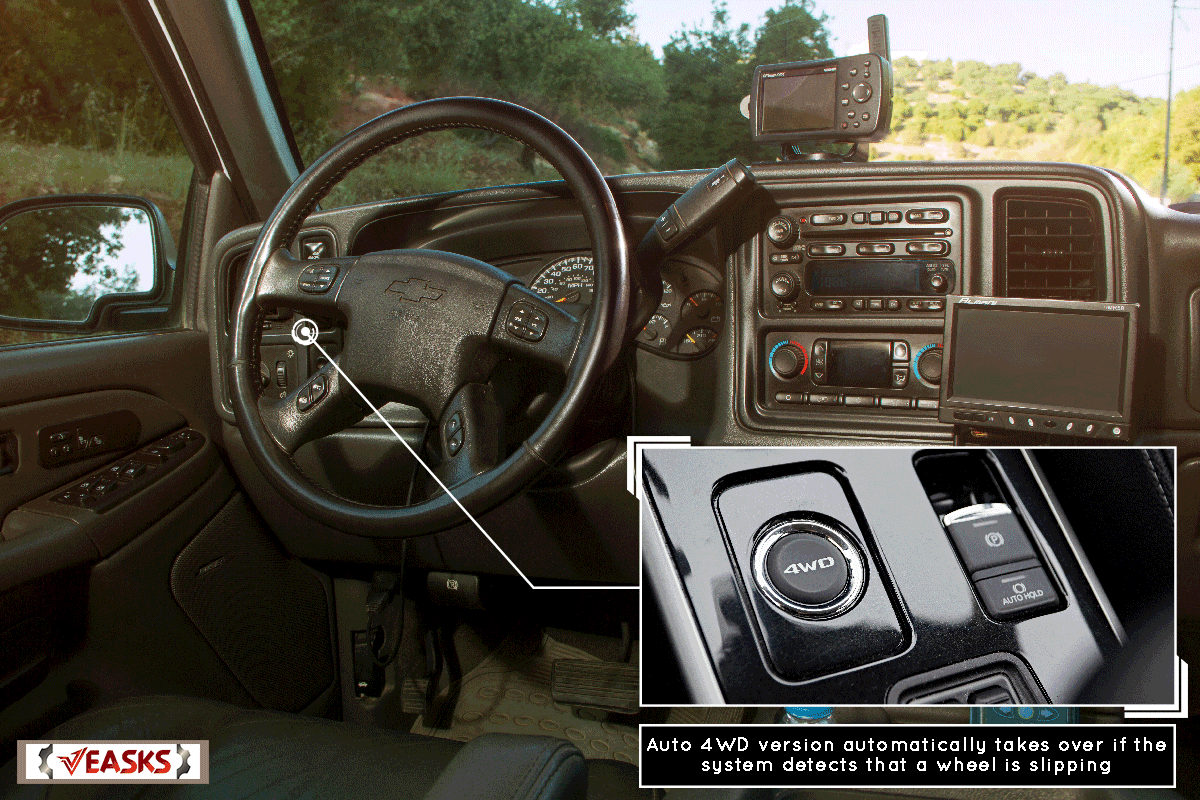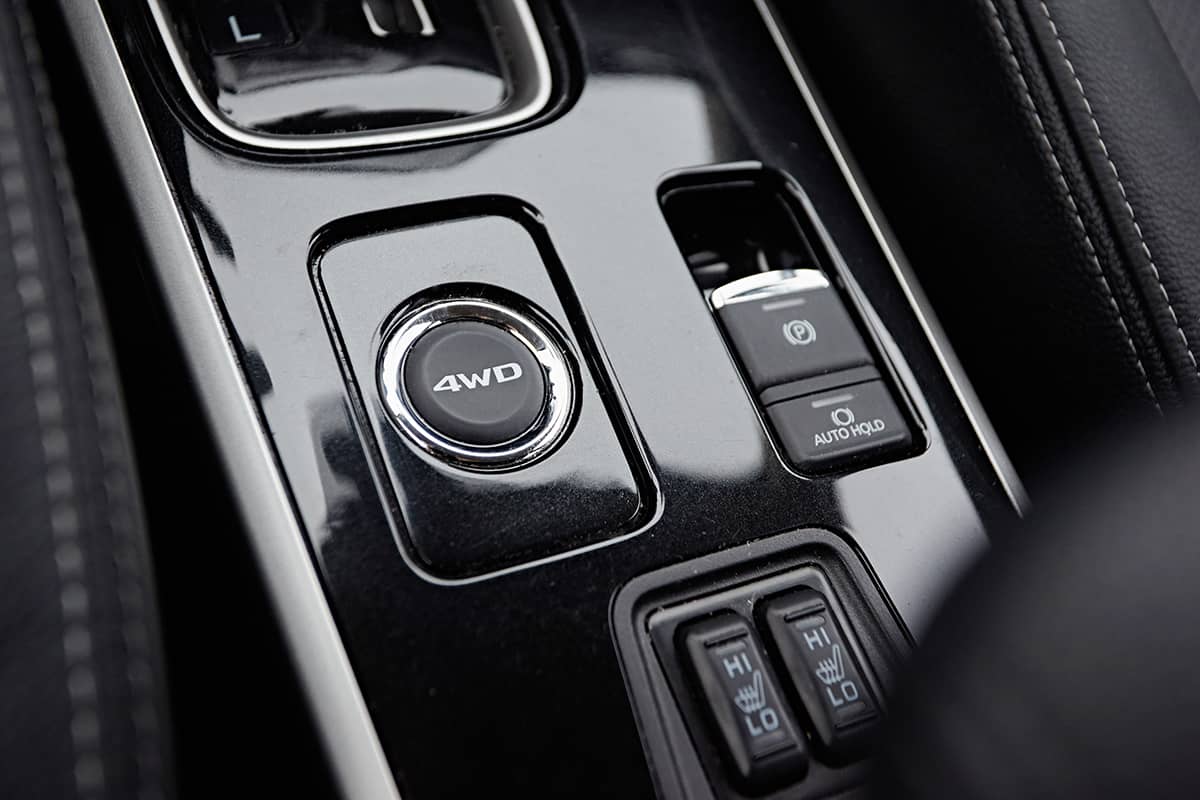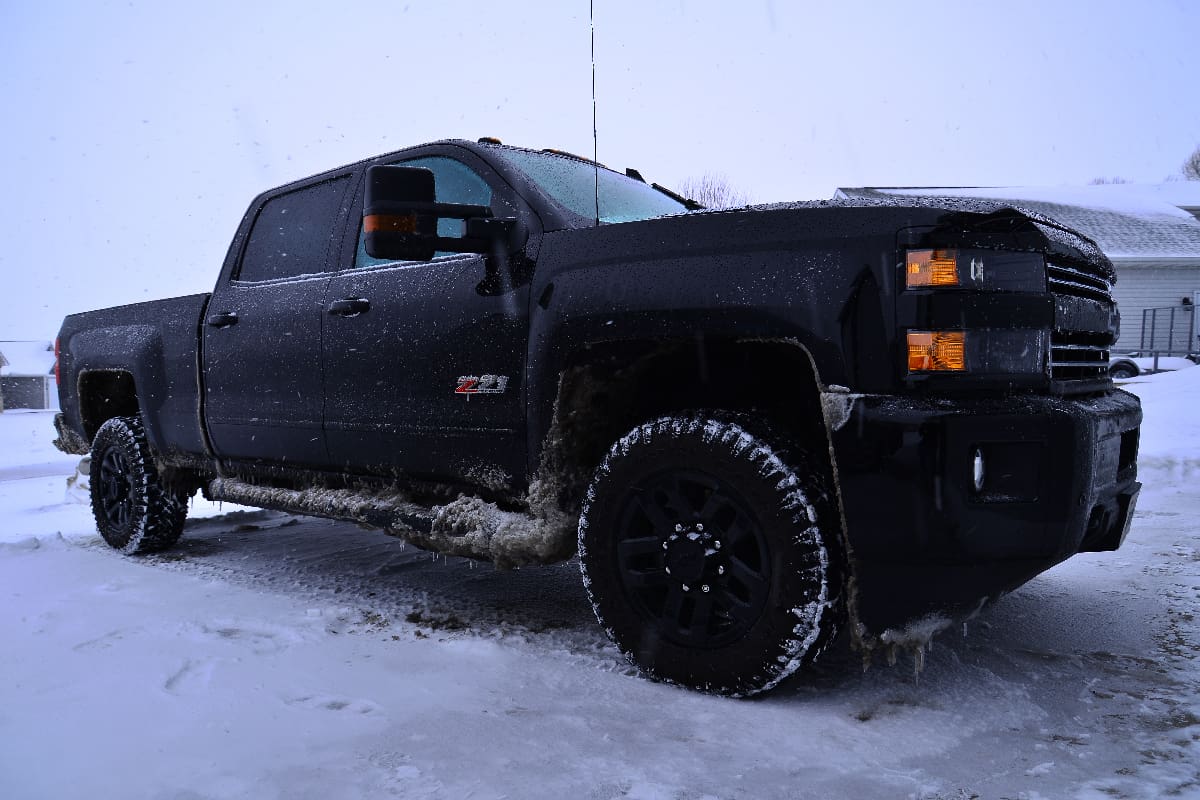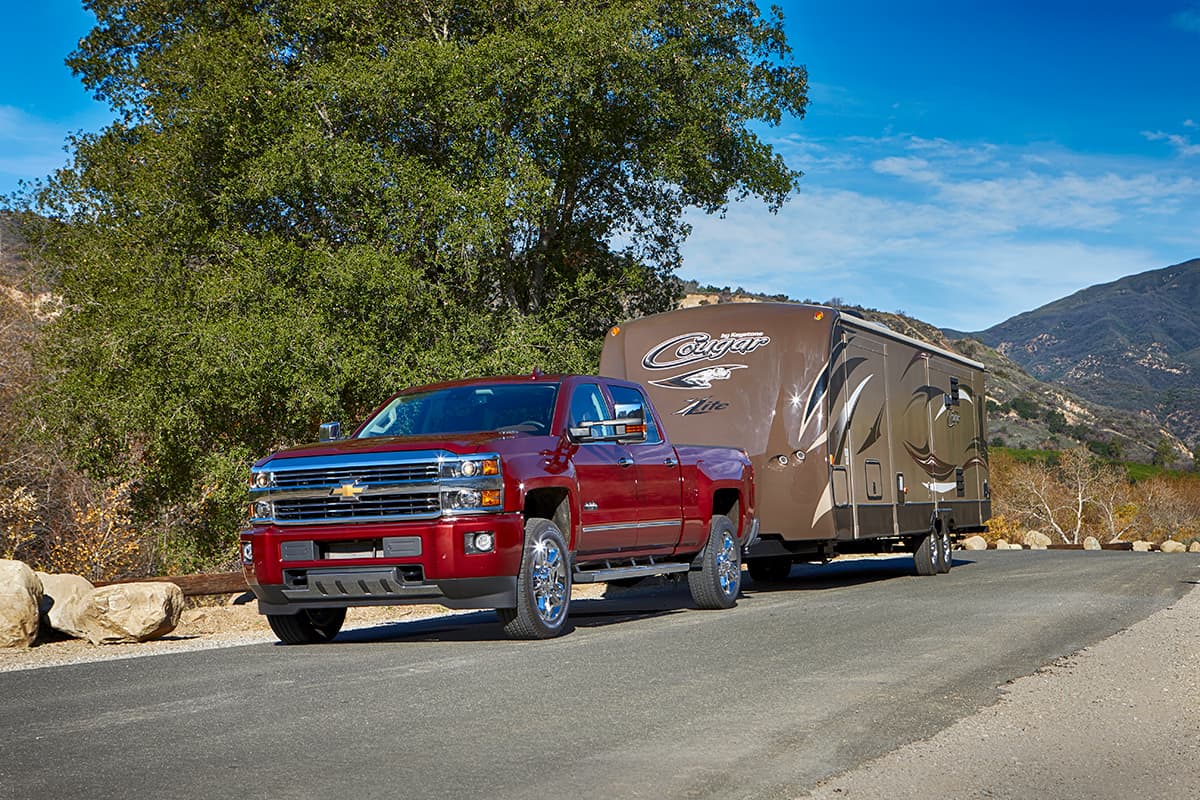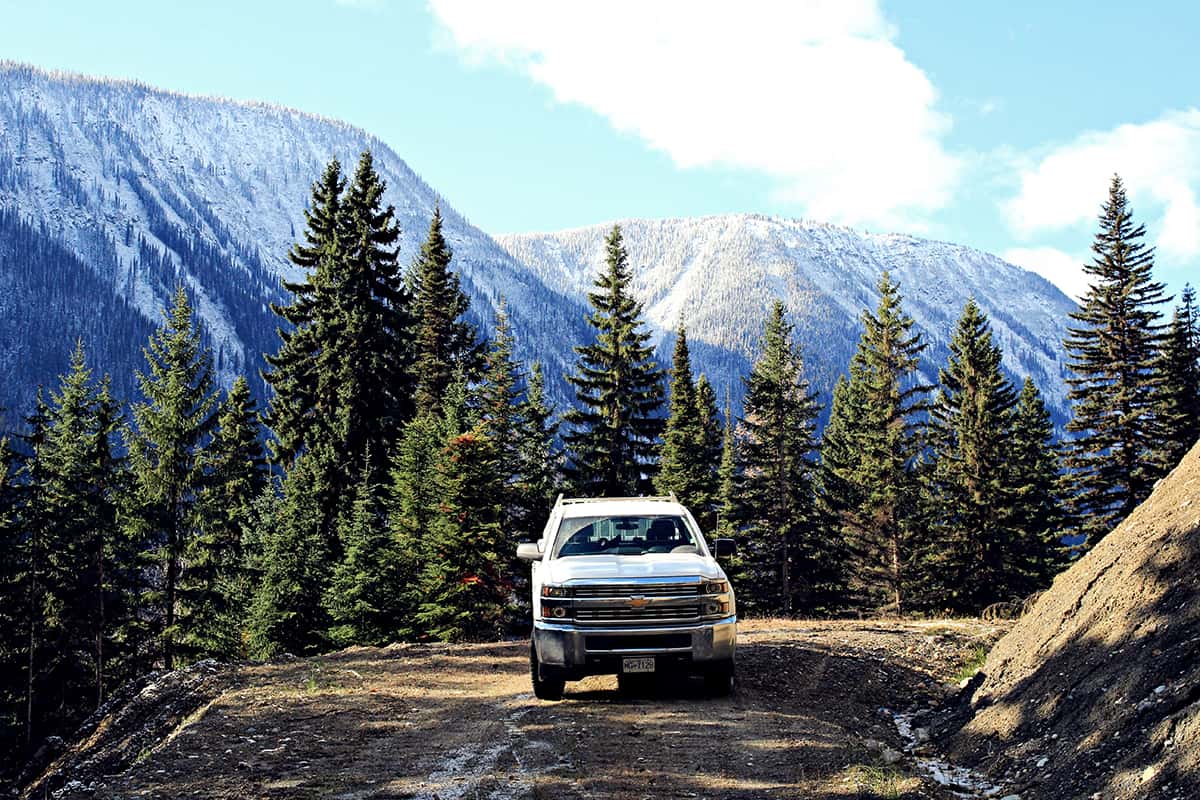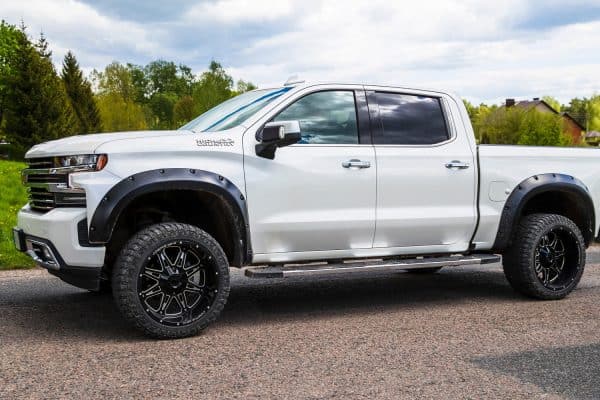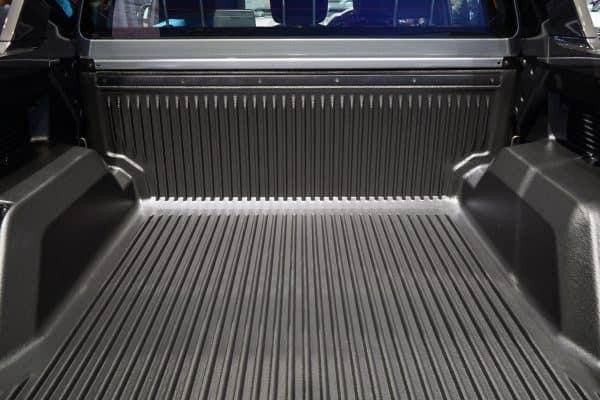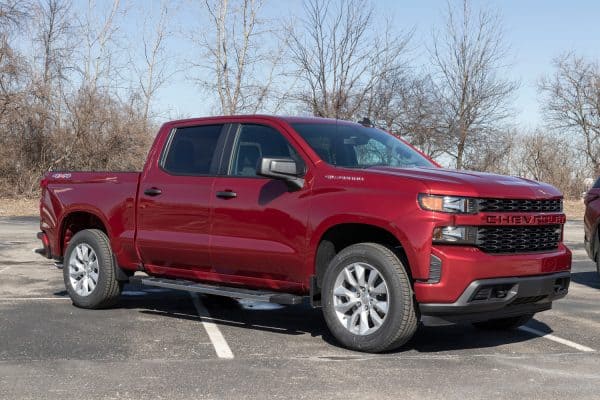Are you wondering what is the auto 4WD mode of the Chevy Silverado? You’ve come to the right place, for we have researched this question, and we have the answer for you.
The Auto 4WD is a version of the 4WD that automatically takes over if the system detects that a wheel is slipping.
Learn more about the difference between regular 4WD and Auto 4WD in the succeeding sections.
Read on!
How does the Auto 4WD work?
There are sensors mounted on the drivetrain that monitors the wheel rotation on the front and rear of your Silverado.
One of the characteristics of slippage is when the wheels no longer spin at the same rate. Once the sensors detect this difference in rotation, the same mechanism that shifts your Silverado from a 2WD drivetrain to a 4WD drivetrain will engage the 4WD through a fork lever.
This provides all the wheels an equal amount of power from the engine to give them more traction to move through slippery or steep surfaces.
What is the difference between Auto 4WD and 4WD?
Auto 4WD activates only when the system detects a difference in the rotation of the wheels. Once the system detects that the rotation of the wheels is back to normal, the Auto 4WD will return to 2WD. This switch in the drivetrain mode is automatic and does not require any input from the driver.
A 4WD drivetrain, on the other hand, will remain in 4WD until the driver manually reverts it back to 2WD mode.
When to use auto 4WD?
Here are specific examples of driving conditions and the best drivetrain type to use for each. Most of these conditions depend on the level of traction on the driving surface.
Traction or road grip is the amount of force that your tires can apply against the ground. If there is less traction, only a fraction of the force from the wheels will get to the road to move the vehicle forward. The rest will be lost to wheel slip.
City Driving
Roads in the city are high traction surfaces. To take advantage of the best fuel economy possible, leave your Silverado on 2WD.
Driving on city roads during rainy days can be done with 2WD too. Once you notice that the road is becoming slippery, adjust your driving speed and increase your following distance.
However, if the road conditions suddenly become challenging due to severe weather, it is best to place your Silverado in Auto 4WD mode. Inclement weather can lead to road surfaces with a mix of traction conditions.
The Auto 4WD mode will automatically adapt to the amount of traction available on the road by activating 4WD when necessary and deactivating it when no longer necessary. All you need to do is adjust your driving to the road situation and to the 4WD once it is activated.
It is also wise to decrease your driving speed while increasing the distance between you and the vehicle ahead of you under these circumstances. Keep in mind that Auto 4WD improves the traction of your Silverado, not its stopping power.
Snow And Ice
Driving in snow and ice is another example of driving over a surface with uneven traction. Using the Auto 4WD is best for driving in snow and ice.
The sensors of the Auto 4WD will be able to determine when the wheels start to lose traction when there is too much ice and activate 4WD mode before you completely lose control of your Silverado. The Auto 4WD system will send additional power to the wheels to improve stability.
The downside of driving constantly with Auto 4WD is a drop in the fuel economy of your Silverado.
Once the road accumulates a deep layer of snow, it is best to switch to 4WD. This will increase the power sent to all four wheels, improving traction and control despite the deep snow. The 4WD system will even out the power sent to all the wheels and increase torque to handle the slippery road.
Towing
Towing on standard roads is best done with Auto 4WD. The Auto 4WD system of your Silverado will provide a combination of traction and stability as you transport heavy loads.
Even when towing close to the maximum capacity of the Silverado, it is best to drive in Auto 4WD. Heavy loads increase the need for additional stability while driving your Silverado.
Sand, Dirt, And Mud
These kinds of terrain are what 4WD is best at. The center differential is locked when you set your Silverado to 4WD. This allows the power from the engine to be equally split between the front and rear wheel axles.
Switch your Silverado to 4WD as you enter a sandy or muddy terrain. The equal power distribution to all wheels will improve the traction as you maneuver across this type of terrain.
Keep in mind that not all wheels are made for 4WD. Equip a set of wheels that will complement the power of the 4WD to make it easier for your Silverado to navigate these types of terrain.
How fast can you go in Auto 4WD?
There is no speed limit for Auto 4WD. If that answer came as a surprise, think about these factors.
Even though the transfer case is engaged, Auto 4WD uses the 2WD mode to move your Silverado forward. If you drive at speeds of 60 mph or 70 mph, then the terrain should be at least level enough and have good enough traction for that speed. If that is the case, then your Auto 4WD will never engage the 4WD mode while you’re driving fast.
However, if you’re driving along a road that is partially rough and slippery, you wouldn’t be driving too fast because there is limited traction, and driving too fast will be a safety risk. Thus, you’d drive slower on a road where there is a potential chance of your Auto 4WD to engage the 4WD.
Therefore, the type of terrains where there is a likelihood that your Silverado will use 4WD is also the type of terrains that you wouldn’t be driving fast.
Moreover, you can check the user manual to verify if Chevy has a speed limit when driving under the Auto 4WD mode in your specific Silverado model.
What happens if you use 4WD on dry pavement?
Driving your Chevy Silverado on dry pavement with the regular 4WD on is a bad idea. This can lead to drivetrain binding.
A dry pavement is a high traction surface. A regular 4WD drivetrain is made for slippery surfaces, like offroad terrain.
What is drivetrain binding?
Drivetrain binding is also known as driveline windup, axle binding, 4WD binding, or driveline binding. It happens when the wheels are forced to spin at different speeds.
This is not a problem in offroad terrain.
However, on dry pavement or on roads with high traction, there are scenarios when the wheels will have to rotate at different speeds. An example is when you need to make a turn.
When you make a turn, the wheels on the side of the turn will need to spin slower than the wheels far from the center of the turn. Without the characteristic slipperiness of offroad terrain, the wheels will have to spin against their normal spin speed.
Remember that the wheels of a vehicle in 4WD mode all receive equal power from the engine. They all spin at the same rate.
This places too much strain on the drivetrain that can damage the differential, the axles, and the transfer case.
This is a problem that commonly happens in part-time 4WD vehicles that can get in and out of 4WD mode. A vehicle with permanent 4WD has a center differential that compensates for the difference in rotational speed of the front and rear axles.
Fortunately, Auto 4WD can compensate for uneven wheel spins due to high traction because it can disable 4WD if the terrain has high traction.
Conclusion
Auto 4WD is a system that allows your Silverado to switch back and forth from 2WD and 4WD drivetrains in real-time. The system determines the traction of the road and activates or deactivates the 4WD mode accordingly.
If you enjoyed reading this article, you might find the articles below equally enjoyable to read:

